Meta has long positioned itself as a champion of AI transparency, often leading the charge in releasing open-source AI tools. This openness not only helped fuel academic research and product development but also played a critical role in shaping its AI reputation as a trustworthy and innovative leader. However, recent changes suggest that Meta may be shifting gears—tightening control over its AI releases and reassessing how it shares its most powerful models.As the tech giant redefines its Meta AI strategy, the conversation around how Meta handles open AI development is more relevant than ever.
Meta’s History with Open AI Models
Meta made headlines over the past two years by releasing powerful models like LLaMA and LLaMA 2 as part of its open research initiatives. These models were applauded for their accessibility and performance, especially among developers and startups looking for alternatives to proprietary tools from OpenAI or Google.
Key moments in Meta’s open AI journey include:
- LLaMA 1 (2023): Released to researchers with flexible usage terms
- LLaMA 2 (2024): Published with an open license and adopted by cloud providers
- Partnerships with startups to fuel independent innovation
These actions reflected a company that saw AI transparency not just as a responsibility, but as a competitive edge. This transparency even became a branding element of its Meta AI strategy.

The Shift—From Openness to Caution
In 2025, however, Meta appears to be shifting its approach. With LLaMA 3, access is more limited, licensing is more restrictive, and details about future models remain vague. According to internal sources, Meta is debating whether the benefits of openness still outweigh the risks.
This evolution seems driven by:
- Concerns about AI reputation risks tied to misinformation or misuse
- Increasing competition from rivals like OpenAI and Anthropic
- Political and regulatory pressures surrounding AI misuse
While Meta hasn’t explicitly declared the end of its open-source era, its recent actions indicate a move toward tighter governance and selective transparency.
Why the Change Matters for the Industry
Meta’s potential backpedaling on AI transparency sends ripples across the tech landscape. Developers, researchers, and policy makers who relied on Meta’s open-source AI tools may now face more restrictions or uncertainty.
Here’s what the shift could mean:
- Fewer open models for experimentation
- Delays in AI research collaboration
- Less visibility into how large models are built and trained
- Heightened trust issues across open AI communities
This recalibration doesn’t just affect developers—it impacts public trust and the wider debate around AI safety and ethical deployment.
How Meta Justifies the New Direction
Meta executives argue that openness must be balanced with responsibility. In several public forums, they’ve emphasized the importance of minimizing misuse while still contributing to scientific progress. This argument reflects a global trend toward responsible AI development.
According to insiders, Meta’s internal review process for new models now includes:
- Bias and safety audits
- Third-party evaluations
- Government compliance checkpoints
This approach aligns with how Meta handles open AI development today—less about radical openness, more about strategic release.If you’re exploring how responsible design aligns with development, check out our guide on design specifications that streamline the development process.
Can Meta Maintain Its Edge Without Full Openness?
A major question arises: Can Meta continue to innovate if it steps back from openness?
Some experts argue that Meta’s unique advantage came from public feedback and community-driven iteration. Limiting this could:
- Stifle independent contributions
- Reduce transparency into bias and performance
- Create a closed ecosystem similar to rivals Meta once criticized
However, others believe Meta’s scale, infrastructure, and research talent will allow it to lead, regardless of how public its models are. If done right, selective transparency might protect both innovation and public safety.At Webie, we emphasize striking the balance between transparency and innovation when delivering cutting-edge digital experiences. And at Bozzabench, we continue to explore how shifting AI strategies like Meta’s impact SEO, UX, and product development.

Conclusion: A Pivotal Moment for AI Transparency
Meta’s recent moves signal a pivotal moment for the industry’s approach to AI transparency. While the company’s initial commitment to open-source AI tools earned it both trust and influence, its current path shows the growing tension between openness and control. For developers, businesses, and users alike, the big question is how much access we’ll have to the next generation of AI.As we monitor changes in Meta AI strategy and evolving AI reputation risks, one thing is clear: Transparency is no longer just a value—it’s a strategic decision. And how that decision plays out will shape the future of AI.

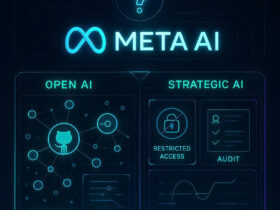
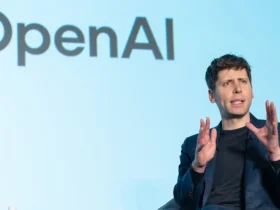
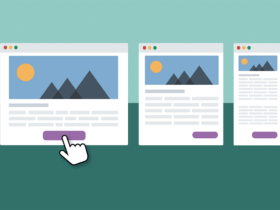









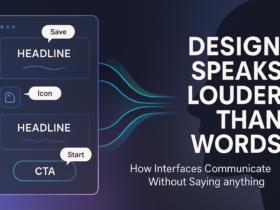

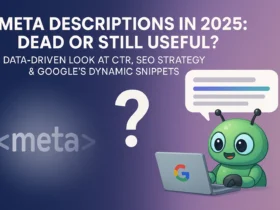



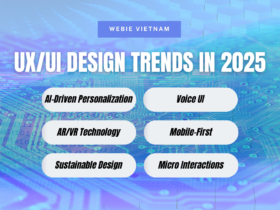



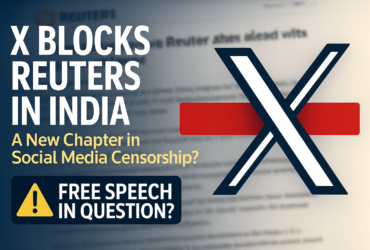
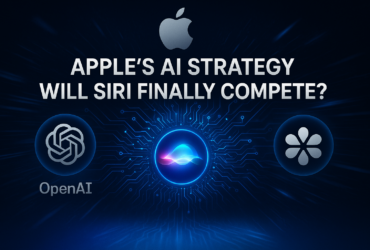
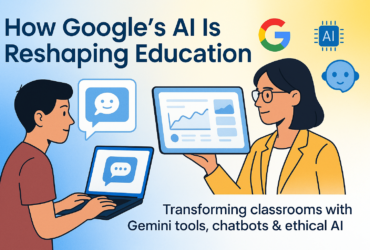
Leave a Reply